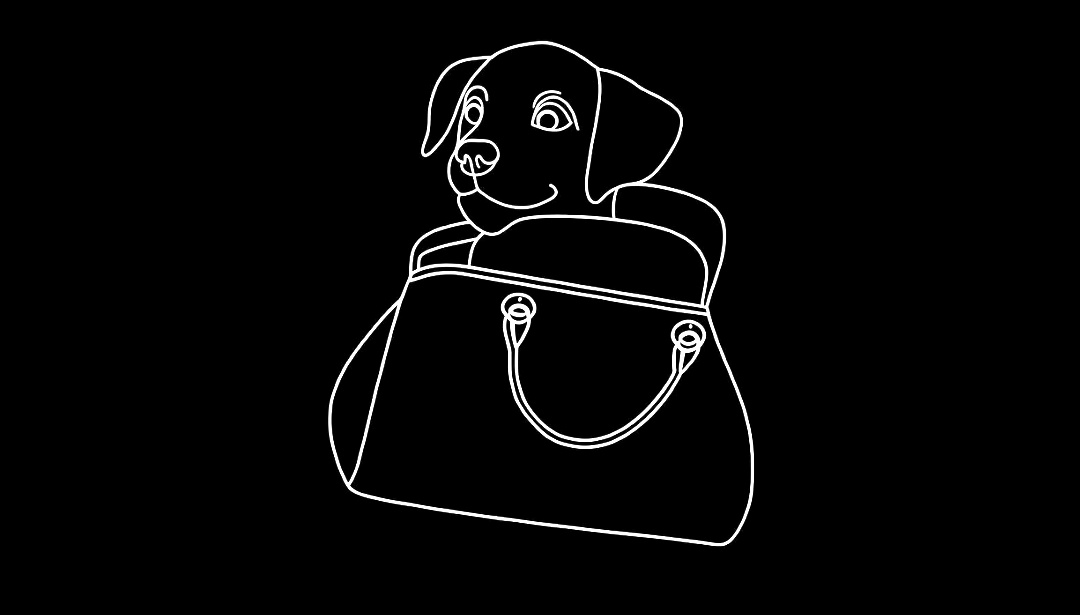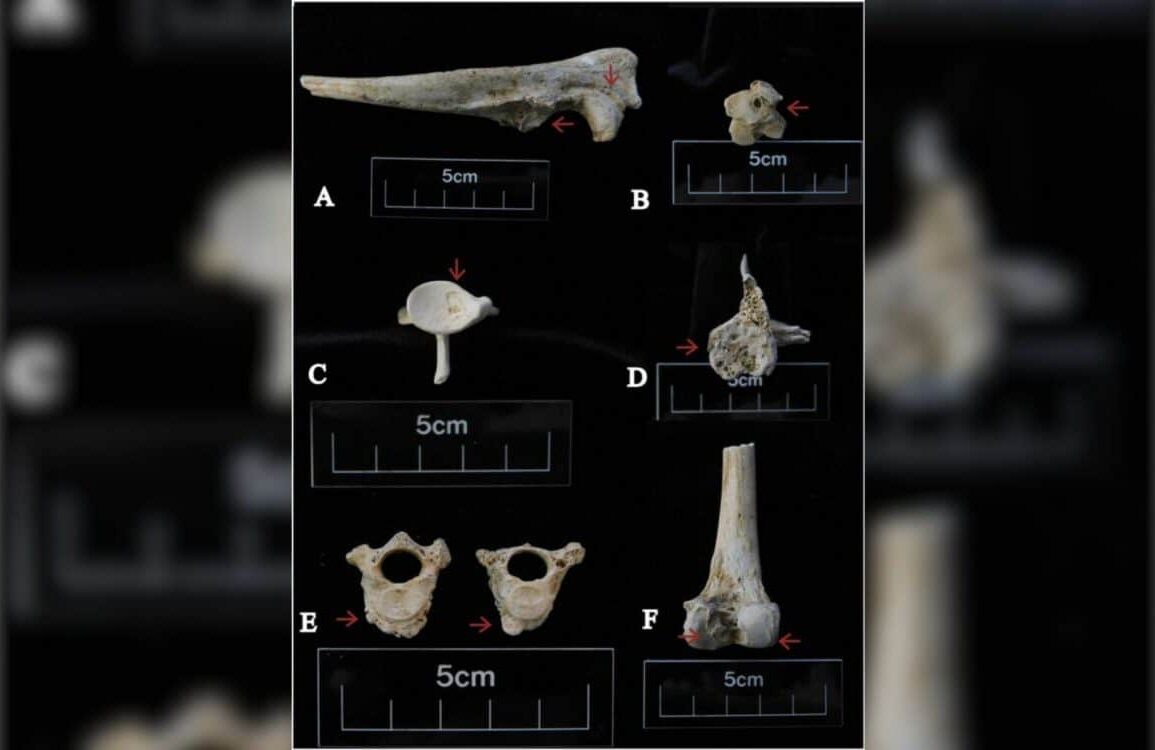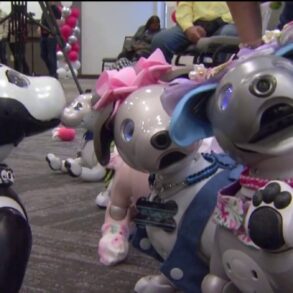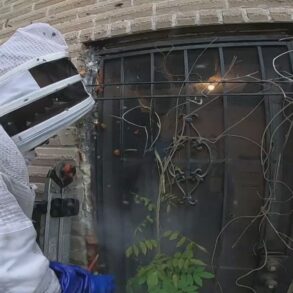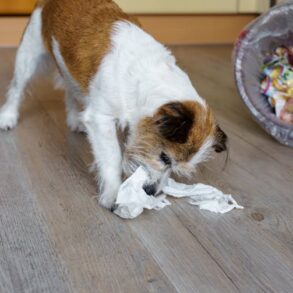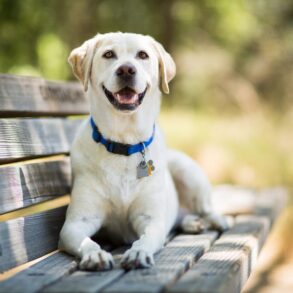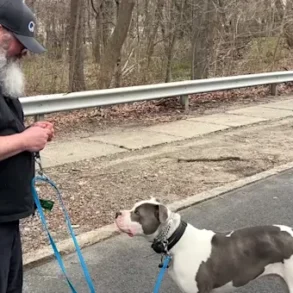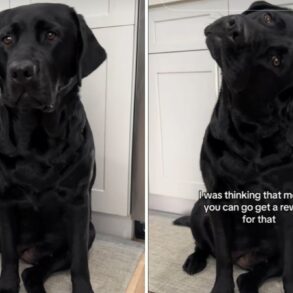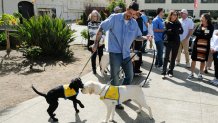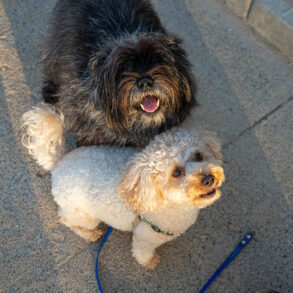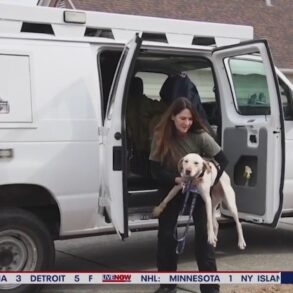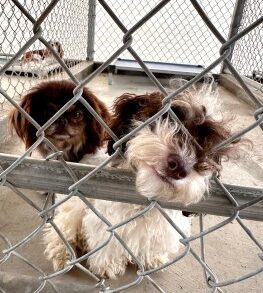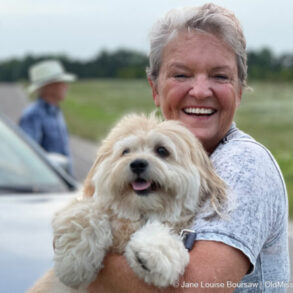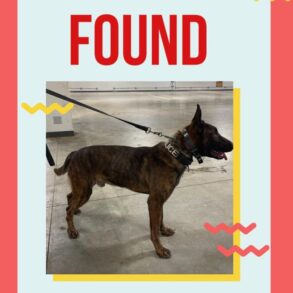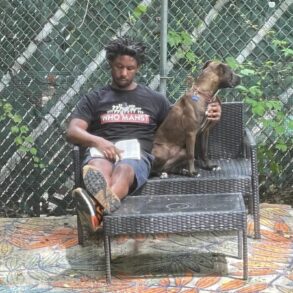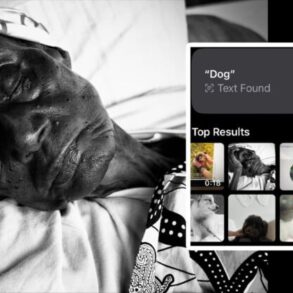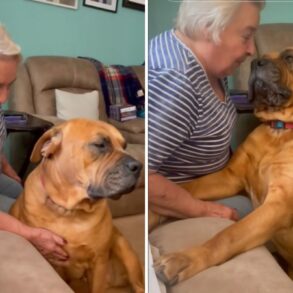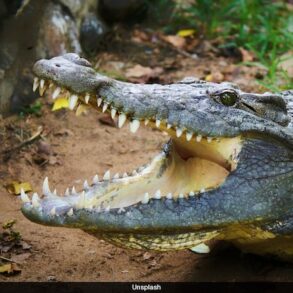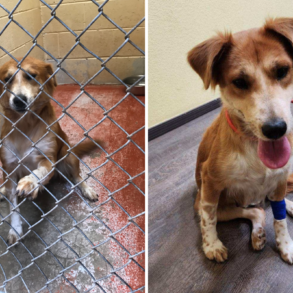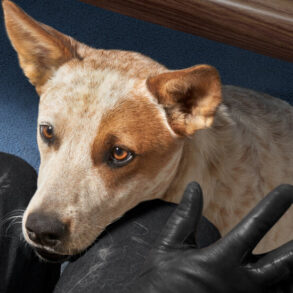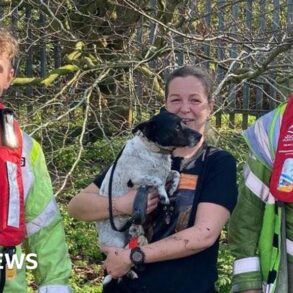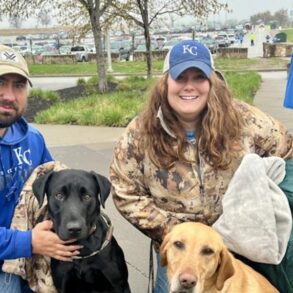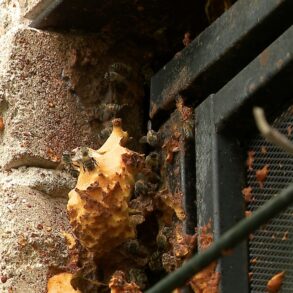A remarkable find in Ewell, Surrey, has brought new understanding to the significance of dog burials in Roman Britain. At the Nescot site, archaeologists uncovered an astonishing collection of dog remains—5,436 bones from over 140 dogs.
As reported by Archaeologymag, this discovery stands as one of the largest known assemblages of its kind, offering intriguing glimpses into the religious and ritual practices of ancient Romans in Britain. What these burials reveal about their spiritual beliefs remains a compelling mystery.
The Significance of Dog Burials in Roman Britain
In Roman Britain, dogs were much more than just hunting companions or household pets. They held deep symbolic and religious importance. According to Dr. Ellen Green, a paleo pathologist involved in the study, says:
“Dogs were associated with a number of religious and ritual functions. It is very difficult to pin down the role of the dogs. Within the Roman world, dogs were associated with a large number of gods and symbolic concepts, including the underworld (often acting as guards or psychopomps), fertility, healing, and protection.”
Dogs were also seen as guardians for the afterlife or intermediaries for souls traveling to the underworld, a concept that made them central to many religious rituals. Dr. Green also says:
“They also appear in many native Iron Age ritual deposits, but since we don’t have any textual evidence from this period, it is impossible to know what they represented to the people who buried them. They also were very common animals in Romano-British day-to-day life.”
At Nescot, the sheer volume of dog remains suggests a dedicated site for dog burials in Roman Britain—far more significant than the small number typically found at other Romano-British archaeological sites. The burial of these dogs in a ceremonial shaft highlights their importance in ancient spiritual practices, marking them as more than mere animals.
The Nescot Ritual Shaft : A Key Site for Dog Burials
The excavation of the Nescot ritual shaft revealed an oval-shaped pit, approximately 4 meters deep, dating back to the late first and early second centuries AD. The site, originally used as a Roman quarry pit, was later repurposed as a place of ritual deposit. In total, 10,747 animal bones were recovered from the shaft, with over half belonging to dogs.
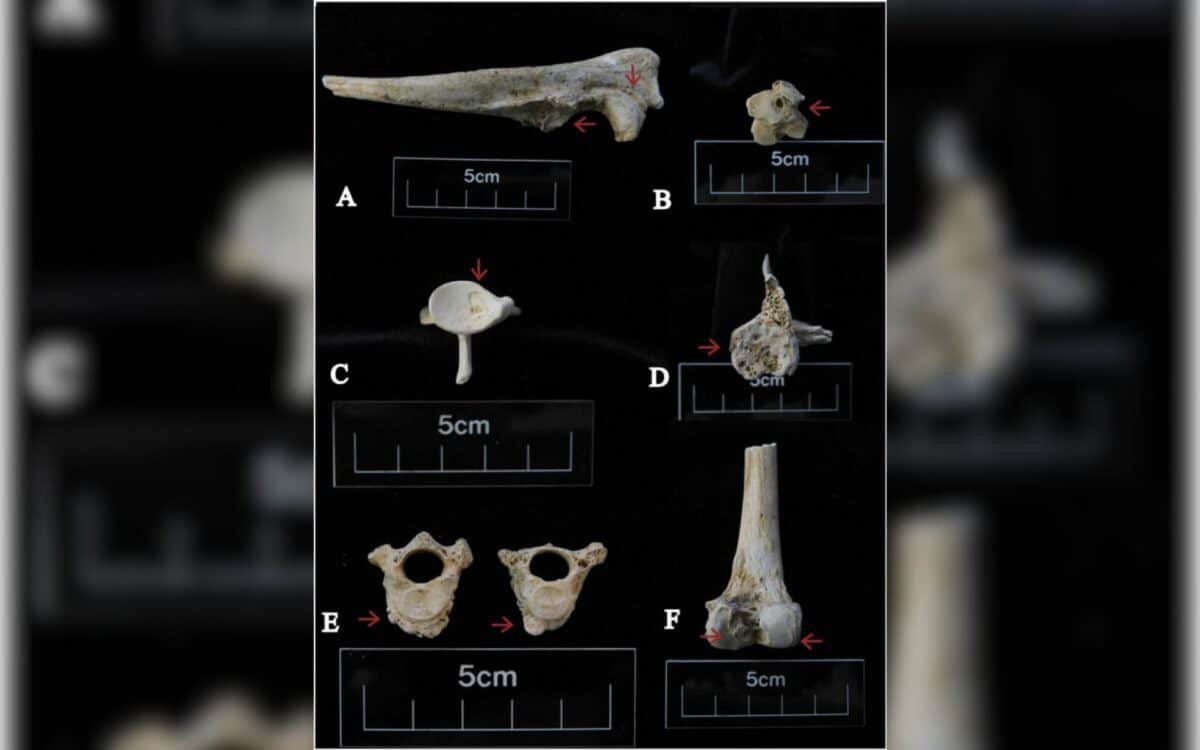
This is an extraordinary proportion, reinforcing the idea that the site had a specific religious purpose related to dog burials.
The discovery of a mix of animal remains, human bones, coins, pottery, and gaming tokens further suggests that the site was used for significant ceremonial activities. These findings indicate that dog burials in Roman Britain were not just common, but were a vital part of Roman and Romano-British religious customs.
Well-Cared-for Dogs in Ritual Deposits
The dogs discovered at Nescot were not stray animals; they were likely well-cared-for companions.
The shaft likely represented a wide range of different dogs, but the majority were small, and several had chondrodysplasia. This means they would have had disproportionately short limbs to body and head size, like a modern corgi.
We also know the Romans had dogs similar to the modern Maltese, which would be a fit for the size of the dogs at Nescot. says Dr. Green.
Many of the dogs showed signs of aging, with conditions such as spondylosis deformans (spinal degeneration) and ossified costal cartilage (hardening of the rib cartilage). These signs suggest that the dogs were treated well throughout their lives, possibly serving as beloved pets before their sacrificial deposition.
Interestingly, some of the dogs exhibited chondrodysplasia, a condition that causes short limbs, which is seen in modern breeds like the corgi. The presence of these smaller companion breeds aligns with historical accounts of Roman families keeping small dogs similar to the Maltese.
These dogs, chosen for their health and specific characteristics, would have been seen as suitable candidates for dog burials in Roman Britain, perhaps selected for religious ceremonies based on cultural guidelines.
Rituals, Sacrifice, and the Spiritual Significance of Dog Burials
The presence of human remains alongside the dogs is an intriguing detail. While human sacrifice in Roman Britain is still a debated subject, the combination of both human and dog remains within the same ritual shaft suggests that this site might have been used for complex sacrificial rites.
The Romans had specific rules for which types of animals were appropriate for sacrifices to different gods, and the large number of healthy, well-cared-for dogs buried at Nescot likely indicates their selection for a ritual purpose.


“I think that, most likely, they were selected based on specific cultural criteria. The Romans had rules about what type/colour/age, and sex of animal was appropriate to sacrifice for which god or festival, so the idea of cultural selection would have been quite normal for them,” says Dr. Green.
The role of dogs in these rituals was likely to provide protection in the afterlife or to guide souls to the underworld. This symbolic connection between dogs and the afterlife highlights the spiritual significance of dog burials in Roman Britain, showing how deeply ingrained these animals were in religious ceremonies.
The Shift in Ritual Practices
Over time, the Nescot site transitioned from a sacred space for ritual dog burials to a more mundane site for refuse disposal. In the third phase of the site’s use, the volume of animal remains sharply declined, and those that remained showed signs of butchery, indicating that the site had shifted away from religious rituals to more everyday uses.


By the early second century, all deposits ceased, signalling a change in religious or cultural practices.
“While some of the pathologies noted can be genetic, which is why I suggested a degree of inbreeding, I would have expected far more congenital conditions to be present if they had all been from one curated population, as well as a greater uniformity in size,” adds Dr. Green
This post was originally published on this site be sure to check out more of their content.
